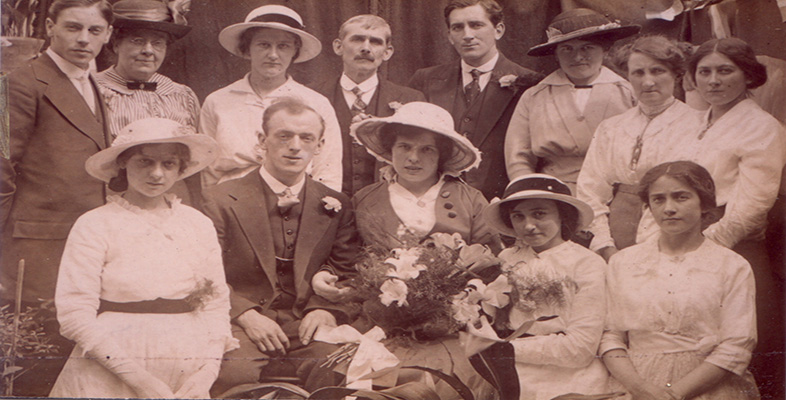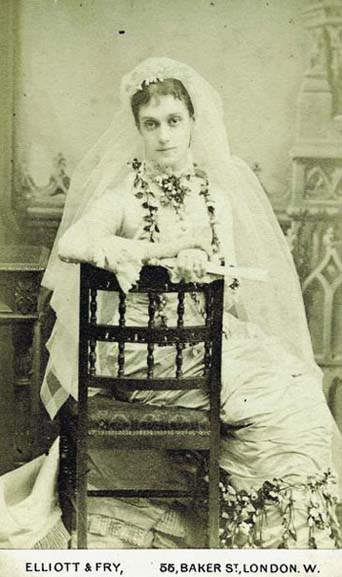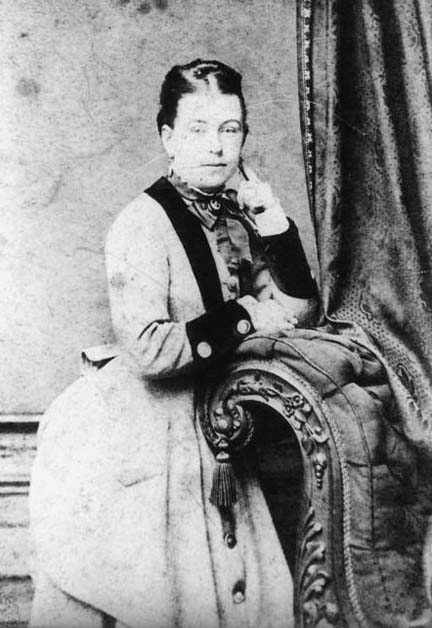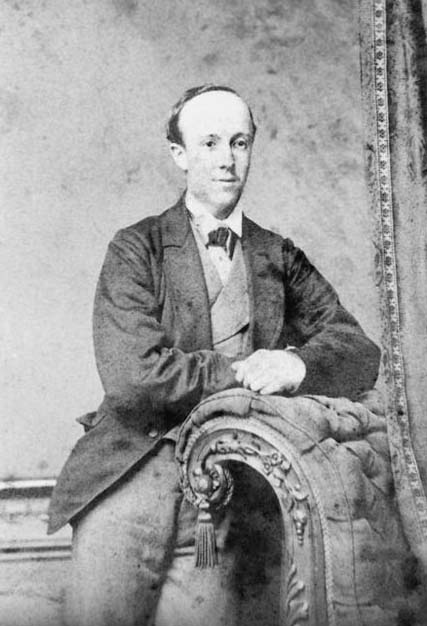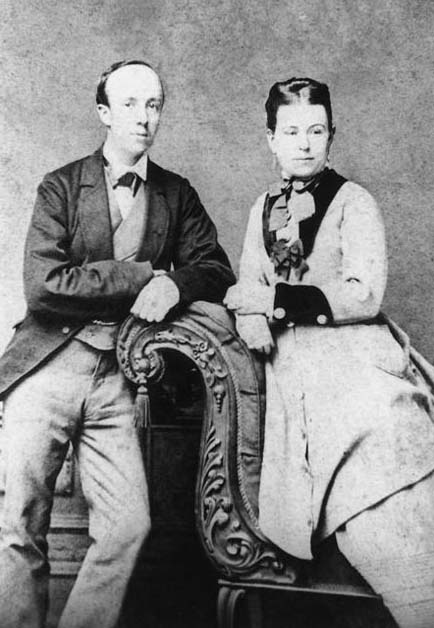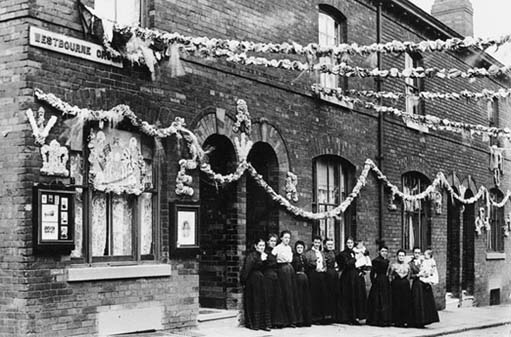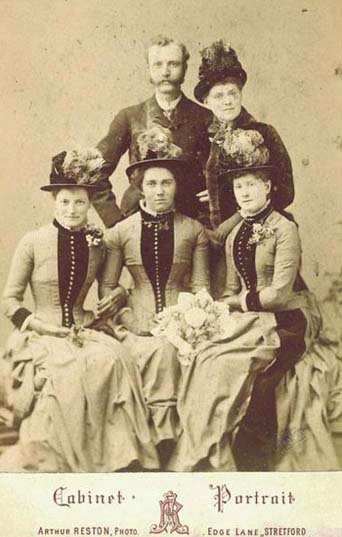5.6.2 Engagement and marriage
Of all rites of passage celebrated in the Victorian family album, those taken at the time of engagement and marriage are by far the most numerous. This testifies to the importance vested in marriage by the Victorians. The custom of commissioning oil or miniature portraits at the time of an engagement or marriage was well established before the advent of photography. Photography enabled couples on more modest incomes to indulge a practice that became widespread among working-class families by the 1880s.
Since the treatment of engagement and marriage portraits was so similar it can be difficult to distinguish between them. We shall deal with them together for this reason. Family circumstances would, of course, dictate whether the individuals could afford to commemorate both events with a photograph.
By the middle of the 19th century, high society weddings had become fully-fledged social extravaganzas involving enormous expense and considerable planning. The white wedding dress was a Victorian introduction but remained largely confined to the wardrobes of the rich and privileged. The choice of the exclusive studio of Elliott and Fry confirms that the young woman in Image 57 belonged to a wealthy family.
Activity 21
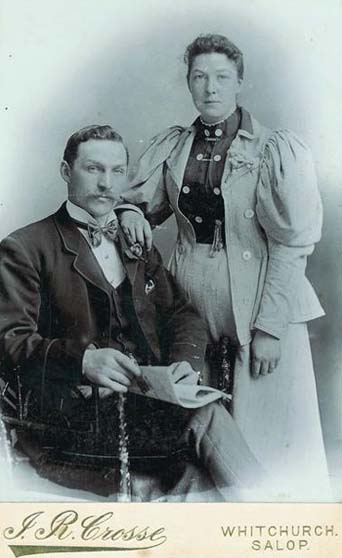
Do you remember the wedding portraits we looked at earlier (Images 27 and 28)? The majority of Victorian brides wore the best day-dress they could afford. So although Image 58 appears at first sight to be no more than a studio portrait with conventional props and accessories, it is, in fact, a wedding photograph. By the 1880s, buttonholes and flowers start appearing in these portraits, providing supporting evidence of the occasion.
Does any other element of Image 58 suggest an engagement or wedding?
Answer
Notice the careful display of the woman's newly-ringed finger. Many of the poses adopted in wedding and engagement portraits give prominence to the ring. So always pay particular attention to the woman's hand. A magnifying glass can be useful.
By the late 1880s it was suggested that the pose of the seated gentleman and lady standing with her hand on his shoulder had become the particular hackneyed hallmark of the engaged or married couple. However, it is worth noting that in many examples the woman is seated while the man stands beside her. This should be seen as evidence of their respective heights rather than any comment on the politics of sexual power in the 19th century. Photographers were concerned to get both heads into a relatively narrow field of focus. This meant bringing them closer together while maintaining a balanced composition. If a tall man was seated, his head was brought into focus with that of the shorter woman beside him.
There were variations on the wedding/engagement theme which are easy to spot – if you are looking out for them.
Images 59, 60 and 61 were clearly taken on the same occasion. They demonstrate that the placing of photographs in the album can be significant. It is good practice to keep a careful record of the arrangement as you originally found it.
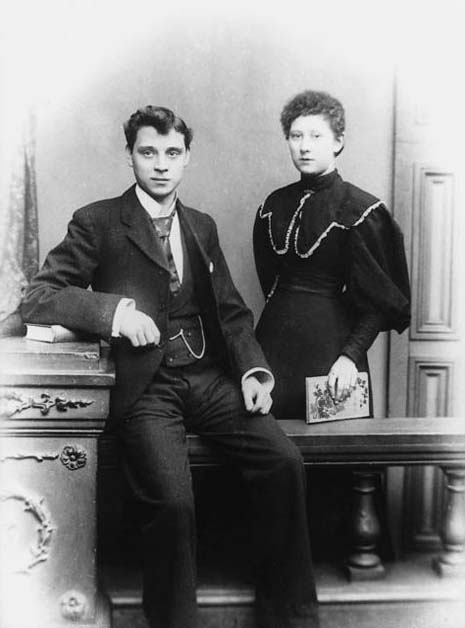
We know from family records that Image 62 was an engagement portrait. It was taken by the woman's father, Frederick Batho, a commercial portrait photographer with a studio in the Cheetham Hill area of Manchester in the 1890s (Image 63). I like the symbolism of the balustrade dividing the engaged couple who are not touching one another – though am not so keen on the fact that she has been placed slightly behind her intended!
Couples in the 19th century were photographed around the time of the wedding but I cannot be more precise than that. Oral evidence confirms that it was customary in the first half of the 20th century for couples to attend church to get married and then proceed to the photographer's studio for the wedding portraits. By that time photography had become an integral part of the ritual. There are tales from this date of newly-weds arriving at the studio to find themselves at the end of an enormous queue and deciding to come back the following Saturday rather than endure a long wait. This fate may have befallen the couple in Image 64, for on the back of the mount in manuscript are the words: ‘Our wedding taken week after wedding Feb 11th 1886’. The portrait appears to include the bridesmaids.
